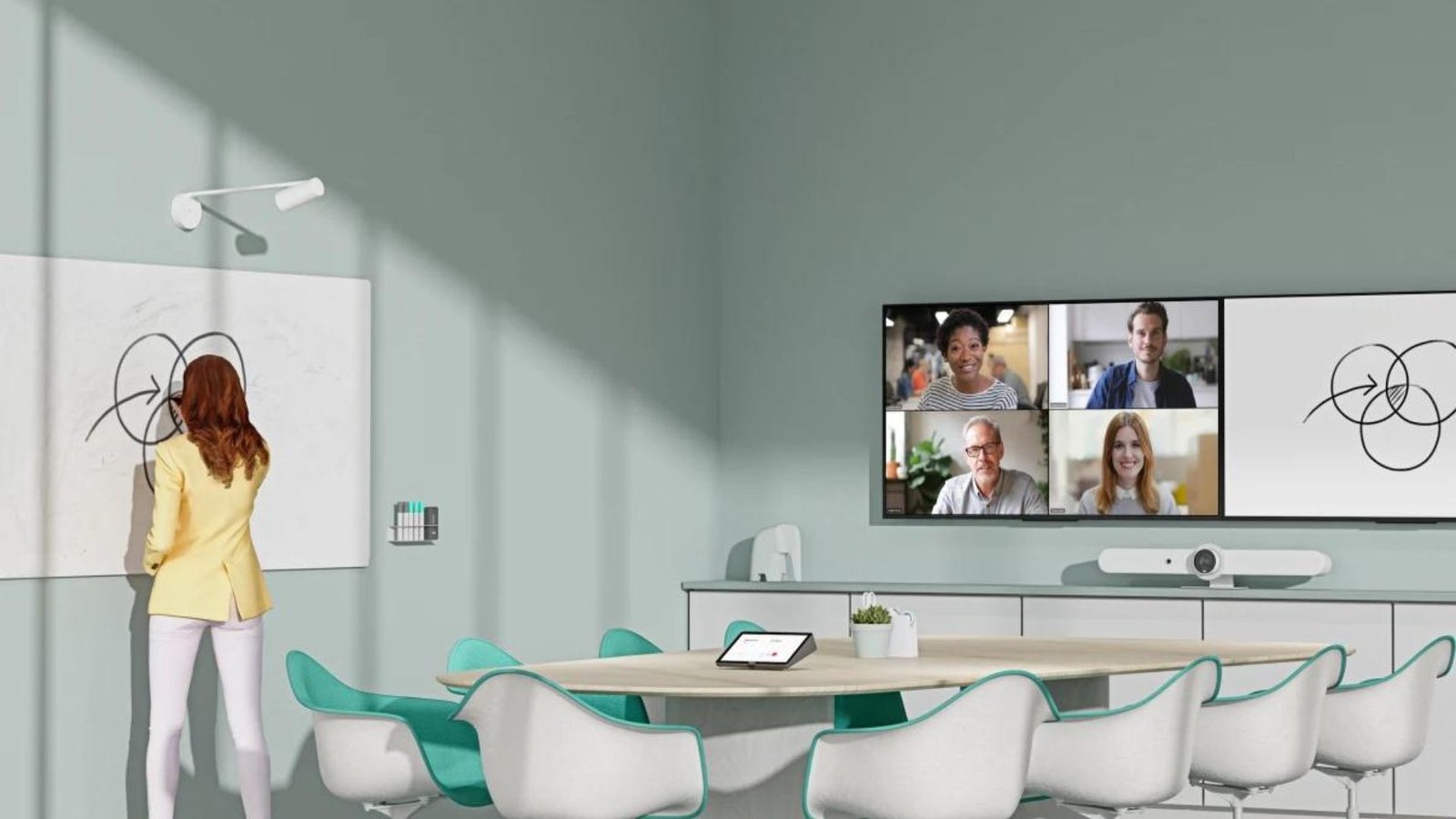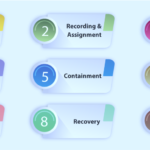Top Considerations for Choosing a Conference System
Choosing a conference system can significantly impact your meetings and collaboration. With numerous options available, it’s essential to consider various factors to select the right system for your needs. Whether you’re setting up a conference room or selecting a virtual meeting platform, understanding these key considerations will help you make an informed decision. Here’s a comprehensive guide to help you navigate the process of choosing a conference system.
Understand Your Needs
When choosing a conference system, start by assessing your specific needs. Consider the size of your meetings, the type of communication required, and the technology already in place. Do you need a system that supports large-scale video conferences or a solution for smaller team meetings? Identifying your requirements will guide you in selecting a system that best suits your organization’s needs.

Evaluate Compatibility
Compatibility is crucial when choosing a conference system. Ensure that the system you select integrates well with your existing hardware and software. For instance, if you already use a specific calendar application or collaboration tool, check if the conference system can sync with these tools. Seamless integration minimizes disruptions and enhances the overall efficiency of your meetings.
Consider Audio and Video Quality
High-quality audio and video are essential for effective communication. When choosing a conference system, prioritize options that offer clear audio and high-definition video. Look for features such as noise cancellation, HD video support, and automatic adjustment of video quality based on bandwidth. High-quality audio and video ensure that participants can communicate clearly and see each other without distractions.
Check for Ease of Use
A user-friendly interface is important for the smooth operation of your conference system. Choose a system that is easy to set up and operate, even for users who may not be tech-savvy. Intuitive controls and straightforward setup processes reduce the learning curve and help users focus on the content of the meeting rather than struggling with the technology.
Look for Scalability
Scalability is a key consideration when choosing a conference system. As your organization grows, your conference system should be able to scale with it. Ensure that the system you choose can accommodate an increasing number of users, meetings, and features. This flexibility allows you to expand your conferencing capabilities without needing to invest in a new system.
Assess Security Features
Security is a top priority for any conference system. Ensure that the system you choose offers robust security features to protect your meetings and data. Look for encryption options, secure login methods, and compliance with industry standards. A secure system helps prevent unauthorized access and protects sensitive information shared during your meetings.
Evaluate Cost and Budget
Cost is an important factor when choosing a conference system. Determine your budget and compare the costs of different systems. Consider both upfront costs and ongoing expenses such as subscription fees, maintenance, and support. Weigh the costs against the features and benefits offered by each system to find the best value for your money.
Consider Support and Maintenance
Reliable support and maintenance are essential for keeping your conference system running smoothly. Choose a system that offers comprehensive support services, including troubleshooting, updates, and customer service.
Test the System
Before making a final decision, test the conference system to ensure it meets your requirements. Many providers offer trial versions or demos that allow you to evaluate the system’s performance and features. Testing helps you identify any potential issues and ensures that the system works well in your specific environment.
Look for Collaboration Features
Modern conference systems often come with collaboration features that enhance productivity. Look for systems that offer screen sharing, document sharing, and real-time collaboration tools. These features enable participants to work together more effectively and make the most out of their meetings.
Check for User Feedback
User feedback can provide valuable insights into the performance and reliability of a conference system. Look for reviews, testimonials, and case studies from other organizations that have used the system. Positive feedback and high user satisfaction can indicate that the system is a good choice for your needs.
Ensure Flexibility in Deployment
Consider the deployment options available with the conference system. Choose a deployment method that aligns with your organization’s infrastructure and IT strategy. Flexibility in deployment options allows you to select a solution that fits your specific requirements.
Conclusion
Choosing a conference system involves careful consideration of several factors. By understanding your needs, evaluating compatibility, and focusing on features like audio and video quality, ease of use, and scalability, you can make an informed decision. Consider security, cost, support, and future trends to ensure that the system you select provides long-term value and meets your organization’s requirements. A well-chosen conference system enhances communication and collaboration, contributing to overall success.



